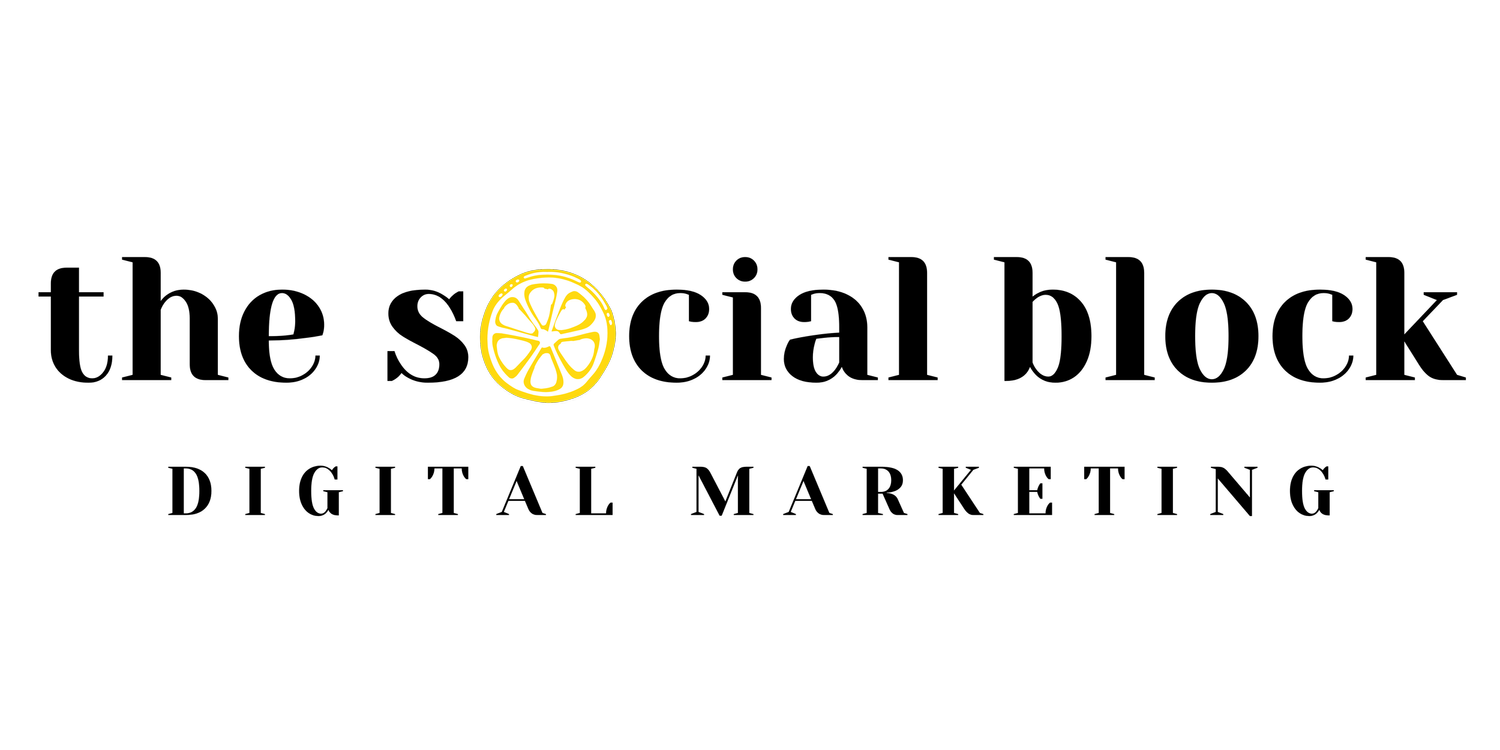Inbound vs. Outbound Marketing: Choosing the Best Approach
Marketing is a fundamental component of any business strategy, but choosing the right approach can significantly impact your success. Inbound marketing and outbound marketing are two contrasting methodologies that businesses can adopt to attract and engage their target audience. In this article, we will explore the differences between inbound and outbound marketing, their respective benefits and challenges, and considerations for selecting the best approach for your business.
Inbound Marketing:
Attracting Through Value (Approximately 300 words): Inbound marketing focuses on attracting and engaging potential customers by providing valuable content and experiences. It involves creating and distributing relevant and informative content that aligns with the needs and interests of your target audience. The goal is to build trust, establish authority, and nurture relationships with potential customers throughout their buying journey.
One of the key strengths of inbound marketing is its ability to target individuals who are actively seeking information or solutions related to your products or services. By optimizing your website for search engines (SEO), creating compelling blog articles, producing educational videos, or offering downloadable resources, you can attract organic traffic and generate leads with high purchase intent.
Inbound marketing also leverages tactics such as social media marketing, email campaigns, and content distribution to engage and nurture leads over time. By delivering valuable content directly to individuals who have expressed interest, businesses can cultivate relationships, foster loyalty, and increase the likelihood of conversion.
However, inbound marketing requires a long-term commitment and investment in content creation, search engine optimization, and lead nurturing. It takes time to build a robust online presence and establish credibility. Additionally, measuring the direct impact of inbound marketing on revenue can be challenging due to the complex and multi-touch nature of the customer journey.
Outbound Marketing:
Reaching Out to Prospects (Approximately 300 words): Outbound marketing, also known as traditional or interruptive marketing, involves actively reaching out to potential customers through various promotional channels. This approach focuses on pushing messages and advertisements to a wide audience, with the aim of generating immediate interest and driving sales.
Outbound marketing tactics include TV and radio commercials, print advertisements, cold calling, direct mail, and paid advertising. These methods allow businesses to reach a large audience quickly and create broad brand awareness. Outbound marketing can be particularly effective for targeting specific demographics or locations and generating immediate leads.
One of the advantages of outbound marketing is its ability to reach individuals who may not be actively seeking information related to your products or services. By placing ads in front of a broad audience, businesses can create brand recognition and capture the attention of potential customers who may have otherwise been unaware of their offerings.
However, outbound marketing is often seen as disruptive and intrusive. With the increasing prevalence of ad-blocking software and the changing consumer behavior, it can be challenging to capture and maintain audience attention. Outbound marketing also tends to have higher costs and may result in lower conversion rates compared to inbound marketing.
Considerations for Choosing the Best Approach:
When deciding between inbound and outbound marketing, it's crucial to consider your business goals, target audience, available resources, and industry dynamics. Inbound marketing is typically more suited for businesses aiming to build long-term relationships, establish thought leadership, and engage with customers throughout their journey. Outbound marketing, on the other hand, may be more suitable for businesses seeking immediate results and targeting a broad audience.
In many cases, a combination of inbound and outbound marketing strategies can yield the best results. By leveraging the strengths of both approaches, businesses can reach a wider audience, attract individuals actively seeking solutions, and create brand recognition among those who may not be actively searching.
Inbound marketing and outbound marketing represent two distinct approaches to reaching and engaging customers. While inbound marketing focuses on attracting individuals through valuable content and nurturing relationships, outbound marketing involves proactively reaching out to a broad audience. By considering your business objectives, target audience, and available resources, you can determine the best approach for your marketing strategy. In some cases, a blend of both inbound and outbound tactics may provide the optimal balance to drive business growth and achieve marketing success.
